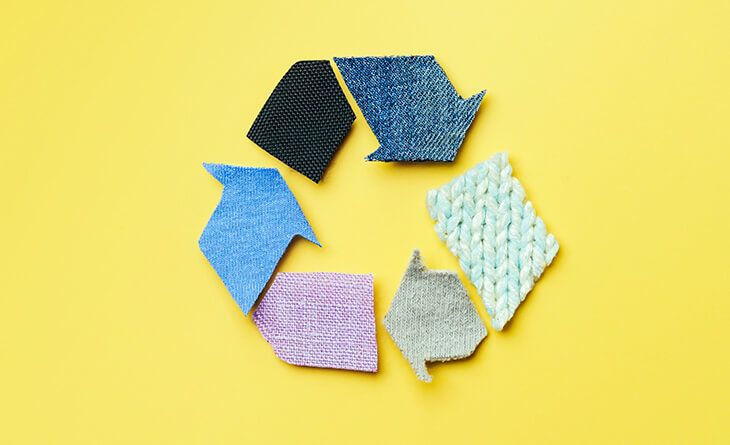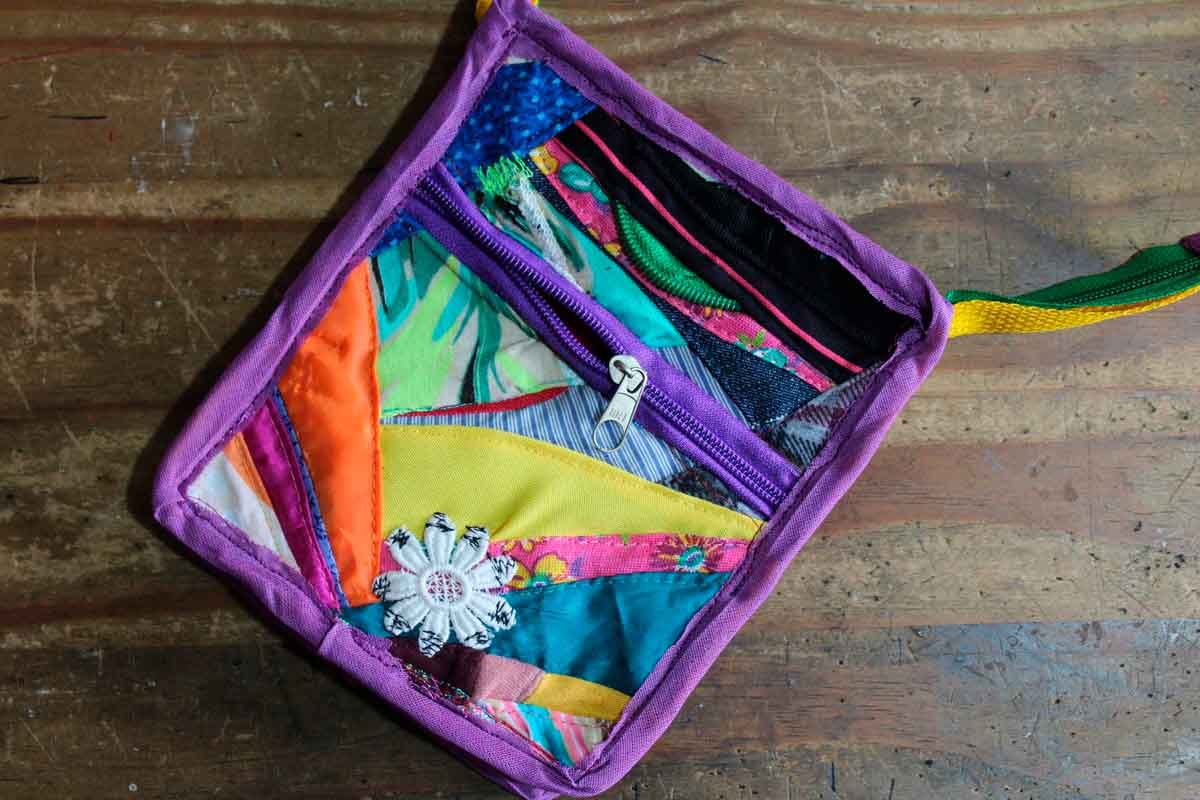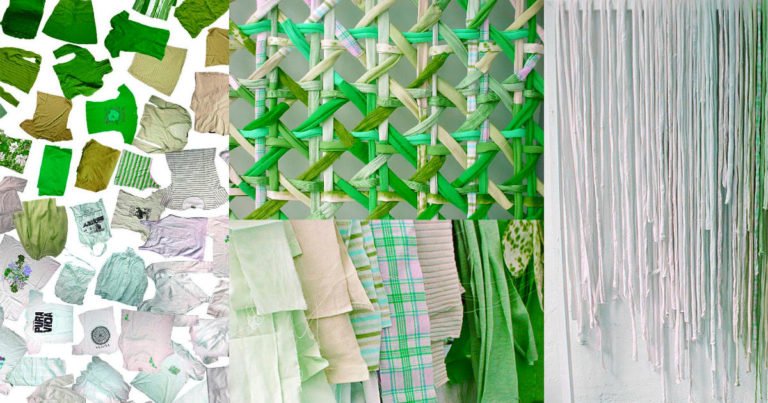Advertisements
Fashion is present in every aspect of our lives. We wear fabrics every day, use textile products at home and even surround ourselves with them in our furniture.
But have you ever thought about the environmental impact of this industry? Recycling textile products is a practice that is gaining more and more attention, and for good reason.
Index
In this article, we’ll explore why textile recycling is so important, the benefits it brings, and how you can start doing your part. Read on to learn more about this crucial topic and how it can contribute to a more sustainable future.

The Problem of Textile Waste
The fashion industry is one of the world’s biggest polluters. Every year, millions of tons of clothing are thrown away, often ending up in landfills. This waste can take decades to decompose, releasing harmful chemicals into the soil and water.
Furthermore, the production of new textile products consumes a huge amount of natural resources such as water, energy and raw materials.
Countries such as the United States, the United Kingdom, Japan and Germany face significant challenges related to textile waste. Recycling textile products offers a viable solution to reduce the environmental impact of this industry and help create a more sustainable cycle for fashion.
Benefits of Recycling Textile Products
Recycling textile products brings a number of benefits that go beyond simply reducing waste. Here are some of the main ones:
- Conservation of Natural Resources: Recycling textile products helps save water, energy and raw materials that would otherwise be used to produce new materials. Companies such as Boa Vista Tecidos and RS Têxtil Agudos are adopting sustainable practices to promote fabric recycling and reduce waste.
- Carbon Emissions Reduction: The manufacture of new textile products releases large amounts of greenhouse gases. By recycling, you help reduce these emissions.
- Money Saving: Reusing and recycling textile products can be more economical than buying new ones.
- Innovation and Creativity: Recycling textile products can stimulate the creation of new fashion pieces and unique and personalized home decor products. Brands such as Texneo Têxtil and Tiradentes Têxtil are leading the way with innovative and sustainable designs.
- Job Creation: The recycling industry can create job opportunities in a variety of areas, from collecting materials to designing new products. Boa Vista Tecidos, for example, contributes to the creation of local jobs by promoting the recycling of fabrics.
Advantages of Fabric Recycling
Recycling textile products not only contributes to sustainability, but also offers unique opportunities for creativity and innovation.
By reusing materials, you can create unique pieces that reflect your personal style. Additionally, upcycling textiles can be a therapeutic activity, helping to reduce stress and promote mental well-being.
Another differentiator is the positive social impact. By supporting the recycling of textile products, you can help create jobs and support local communities.
Many organizations and social enterprises work with the recycling of textile products, providing work and training opportunities for people in vulnerable situations.
RS Têxtil Agudos, for example, works with community projects to promote recycling and sustainability.
How to Recycle Fabrics at Home
Recycling fabrics at home can be a fun and rewarding activity. Here are some ideas to get you started:
- Reuse Old Clothes: Turn old t-shirts, like a Foxton t-shirt, into cleaning cloths, bags or even new clothing items.
- Create Accessories: Use scraps of textiles, such as animal print fabric, to make necklaces, bracelets, hair bands and other accessories.
- Home Decor: Old textiles can be used to make cushions, curtains, rugs and even bedspreads.
- Customization: Personalize your old clothes with embroidery, appliques or paints to give them a new life.
Frequently Asked Questions (FAQ)
1. What is fabric recycling? Fabric recycling involves reusing clothing and other textile materials to create new products or give new life to old items. Recycled PET fabrics are an example of how discarded materials can be turned into new products.
2. Why is fabric recycling important? It helps reduce waste, conserve natural resources, lower carbon emissions, and promote innovation and creativity. Companies like Texneo Têxtil and Tiradentes Têxtil are at the forefront of this sustainable practice.
3. How can I start recycling fabrics at home? Sort out clothes and textiles that you no longer use, wash them thoroughly, and use your creativity to transform them into new products or decorative pieces. Animal print fabrics or fabric benches can be great options to start with.
4. Where can I donate fabrics that I no longer want? You can donate fabrics to charities, recycling centers, or community groups that accept materials for reuse. Companies like Boa Vista Tecidos and RS Têxtil Agudos often have programs that collect and donate textiles.
5. Is fabric recycling expensive? Not necessarily. Recycling textiles can often be cheaper than buying new materials, especially if you reuse items you already have around the house, like Foxton T-shirts.
Recycling textile products is a simple and affordable practice that can bring great benefits to the environment and society. By reusing clothing and other textile materials, you contribute to sustainability and can also create unique and personalized pieces.
Companies like Boa Vista Tecidos, Texneo Têxtil and RS Têxtil Agudos are leading the way in promoting textile recycling. Start recycling textiles today and discover how small gestures can make a big difference!
Check out other interesting facts about recycling clicking here.
Learn how to make art by recycling, Click here.




